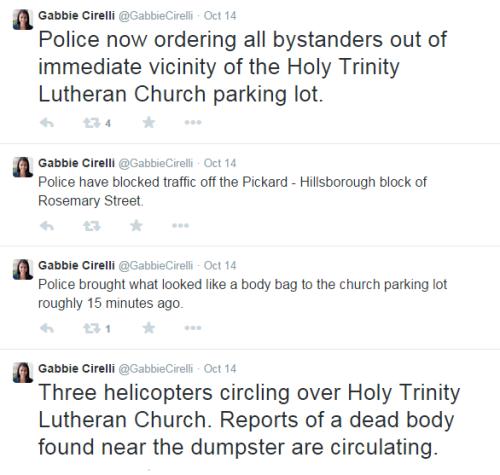Citizen journalism varies in definition according to commentator, though Goode describes it as “‘ordinary’ users engaging in journalistic practices” (Goode, 2009). This includes activities such as “current affairs-based blogging, photo and video sharing, and posting eyewitness commentary on current events.” It also includes users who participate in the “news process without necessarily acting as ‘content creators’”, be it through adding comments, sharing links, rating and re-posting material posted by professional news outlets. Carpenter follows closely in using established research to define citizen journalists as an “individual who intends to publish information online meant to benefit a community” (Carpenter, 2010).
Both of these definitions describe primarily internet based practices. Though citizen journalism is not exclusive to online contributions, online practices have been cause for discussion and criticism. With the expansion of the Internet to social media websites such as Facebook, Twitter and Instagram, users now have possibilities and opportunities to contribute, collaborate, moderate and share content, particularly current affairs, in real time (as opposed to the delay of written publications). No Fibs is citizen journalism website that claims to provide “respectful, fair, truthful reporting”, and declares the writing to be bound by the Media Entertainment and Arts Alliance Journalists’ code of ethics.
On the Twitter home page it says: “Connect with your friends — and other fascinating people. Get in-the-moment updates on the things that interest you. And watch events unfold, in real time, from every angle.” This is an article about how Twitter breaks hard news stories in real time, while major news networks lag.
Salinas (2014) argues that Twitter broke the story of the dead body on campus, and that some major American news corporations are still remaining silent on the matter. I would like to consider the possible reasons for the silence of trusted breaking news networks, though firstly it is important to define the role of practicing journalists.
Journalism is said to have begun during The Age of Enlightenment, between the 17th and 18th centuries. Habermas (2009) defined a concept called the ‘public sphere’:
The ‘public sphere’ is described in this video as “an arena of public debate, in which issues of general concern could be discussed, and opinions formed” (Jurgen Habermas’ concept of the “Public Sphere”, 2013). The public sphere was a place where citizens could discuss and criticise government policy, allowing the emergence of Journalism. Journalism began as a mediator and commentator between a government and its citizens. Schudson (2002) argues that journalism plays an important role in upholding democracy through “uncovering and bringing to light events, issues and ideas that would otherwise remain hidden from public view. This constitutes a vital democratic function of professional journalism.”
Citizen journalism and professional journalism are two separate entities that are not mutually exclusive. I mean to say the one does not threaten the other, rather the practice of citizen journalism is an integral part of professional journalism, given that journalism was founded by the citizens, for the citizens. Citizen journalism is effective in filling the gaps in professional journalism, for example in the case discussed earlier of the dead body being discovered on a college campus. Citizen journalists exists firstly because of the invention of certain technologies, and because it is impossible for professional journalists to be everywhere at all times. Citizen journalists are regular people with smart phones, who happen to be at the right time and place of a breaking event:

Professional journalists go further. They investigate, interview, uncover, research and communicate skilfully, to protect the ‘public sphere’.
Intro | Network Literacy and “Good Journalism” | Future of Journalism | References